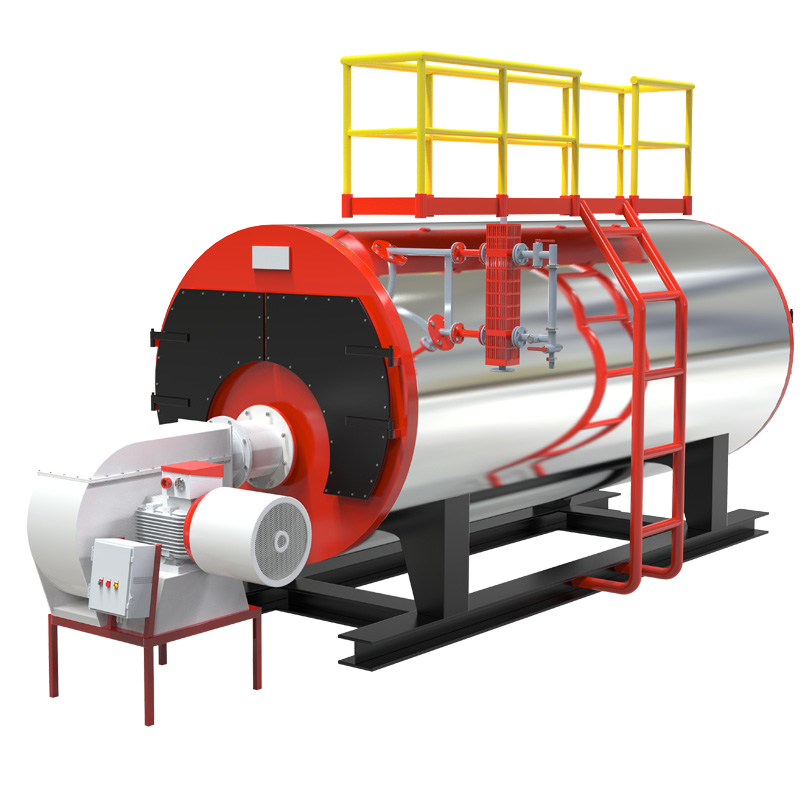
Nov . 16, 2024 16:03 Back to list
boiler settings for hot water
Understanding Boiler Settings for Hot Water A Comprehensive Guide
Boilers play a crucial role in heating systems, providing hot water for domestic use, central heating, and various industrial applications. Understanding the settings of a boiler for hot water production is essential for optimizing efficiency, reducing energy costs, and ensuring safety. In this comprehensive guide, we will explore various aspects of boiler settings for hot water, including temperature control, system types, maintenance, and safety considerations.
1. Types of Boilers
Before delving into specific settings, it is important to understand the different types of boilers commonly used for hot water production
- Combi Boilers These are compact units that provide both heating and hot water on demand. They are popular in homes with limited space, as they do not require a separate hot water tank.
- System Boilers These boilers require a hot water cylinder but do not need a cold water tank. They are suitable for homes with higher hot water demands and can supply hot water to multiple outlets simultaneously.
- Regular Boilers (Conventional Boilers) These systems use a separate hot water tank and cold water tank, making them ideal for larger properties where multiple outlets can be used at the same time.
2. Temperature Settings
One of the most important aspects of boiler settings is temperature control. The appropriate temperature setting not only ensures comfort but also promotes energy efficiency.
- Domestic Hot Water Temperature The recommended temperature for domestic hot water is typically around 60°C (140°F). This temperature is hot enough to provide comfortable water for bathing and washing while also helping to prevent the growth of harmful bacteria such as Legionella.
- Central Heating Temperature For central heating systems, the temperature setting can vary. In most cases, radiators should be set between 70°C to 80°C (158°F to 176°F), depending on the heating requirements of the space. Lowering the central heating temperature can significantly reduce energy consumption.
3. Adjusting Boiler Settings
Most modern boilers are equipped with digital control panels that allow users to easily adjust settings. Here are some key features generally available on these control panels
- Thermostatic Control Utilizing a programmable or smart thermostat can help maintain consistent temperatures and reduce energy waste
. Users can set different temperature schedules for various times of the day.boiler settings for hot water

- Boiler Mode Selection Many boilers offer different modes for heating and hot water. Be sure to select the appropriate mode according to the season and demand to maintain efficiency.
- Flow Rate Adjustment Ensuring a suitable flow rate is vital for effective hot water delivery. Adjusting the pump settings can help optimize the flow rate, which is particularly important in larger homes or systems with long pipe runs.
4. Maintenance Considerations
Regular maintenance is essential for the efficient operation of a boiler. Here are a few tips to keep in mind
- Annual Servicing Schedule an annual service with a qualified heating engineer. They will inspect, clean, and make any necessary adjustments to the boiler, ensuring optimal performance.
- Descaling Hard water can lead to limescale build-up in the boiler and pipes. Regular descaling can prevent overheating and system inefficiencies. Consider fitting a water softener if you live in a hard water area.
- Check Pressure Levels Regularly check the pressure gauge on your boiler. Ideal pressure levels typically range between 1.0 and 1.5 bar when cold. Low pressure can affect hot water delivery, while high pressure can be a safety hazard.
5. Safety Considerations
Safety should always be a top priority when it comes to boiler operation. Here are some safety measures to consider
- Temperature Relief Valve Ensure that your boiler is equipped with a temperature relief valve. This safety device prevents excessive pressure build-up and potential explosions.
- Carbon Monoxide Monitors If your boiler is fuelled by gas, installation of a carbon monoxide detector is crucial. Regularly check and replace the batteries to keep your home safe.
- Venting Proper venting is essential to avoid carbon monoxide accumulation. Ensure that exhaust vents are clear and unobstructed.
Conclusion
Adjusting and understanding boiler settings for hot water can significantly impact both comfort and energy bills. By knowing the appropriate types, temperature settings, maintenance routines, and safety considerations, homeowners can ensure their systems operate smoothly and efficiently. Always consult with a professional when making changes to your boiler, as safety and compliance with regulations are paramount. In doing so, you not only enhance your comfort but also contribute to a more sustainable and efficient heating system.
-
Best Steam Boiler Design PDF Free Design Calculation & Diagram Downloads
NewsJun.10,2025
-
Hot Boiler Water Heater Efficient Heating Solutions for Home & Commercial Use
NewsJun.10,2025
-
Steam Boiler Safety Devices High-Quality Protection Valves
NewsJun.10,2025
-
Ultimate Steam Boiler Checklist for Safety & Efficiency
NewsJun.10,2025
-
Optimal Hot Water Boiler Temperature Setting Guide
NewsJun.10,2025
-
Effective Hot Water Boiler Chemical Treatment Protect & Maintain
NewsJun.09,2025
Related PRODUCTS






















